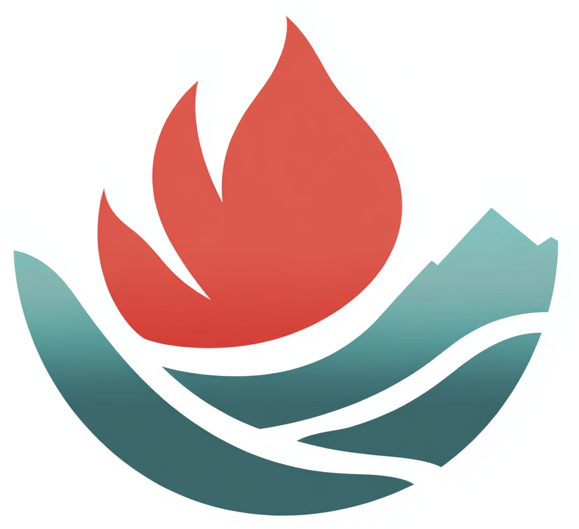Complete Earthquake Bag – 3 Day Emergency kit for Earthquakes
The Complete Earthquake Bag – 3 Day Emergency kit for Earthquakes Table of Contents When the ground shakes or a storm hits, being prepared can

Earthquakes strike without warning and can cause widespread destruction, including building collapses, fires, and landslides. Being earthquake prepared can help protect your family, home, and community. Whether you live in a high-risk seismic zone or an area with occasional tremors, understanding how to prepare can save lives.
Earthquake preparedness involves taking proactive steps to minimize injuries and property damage before an earthquake occurs. This includes securing your home, assembling an emergency kit, knowing safe places to take cover, and having an evacuation and communication plan.
Stay Informed
Stay updated on seismic activity in your area by monitoring alerts from the United States Geological Survey (USGS) and local emergency services. Sign up for emergency notifications to receive real-time earthquake alerts and safety instructions.
We have curated a shopping list of items recommended from Ready.Gov that should serve as a starting point for your kit. A well-stocked earthquake survival kit is essential for staying safe in the aftermath of a quake. Pack:
Minimize the risk of injury and structural damage by:
During an earthquake, the safest action is Drop, Cover, and Hold On:
Plan ahead by:
By following these wildfire preparedness tips, you can protect yourself, your family, and your property. For more information, visit the rest of our articles, explore our site to ensure you are prepared for an earthquake event.
The Complete Earthquake Bag – 3 Day Emergency kit for Earthquakes Table of Contents When the ground shakes or a storm hits, being prepared can
Emergency Mylar Thermal Blankets – Space Blanket Survival kit Table of Contents When disaster strikes, staying warm can mean the difference between life and death.

As with most sites on the internet we do use affiliate links. This means we may earn a small commission if you click through and make a purchase. As an Amazon Associate I earn from qualifying purchases.
However, affiliate partnerships do not affect inclusion in our reviews and stories. Our priority is always providing the best, high quality content to help you and your family stay safe and prepare.